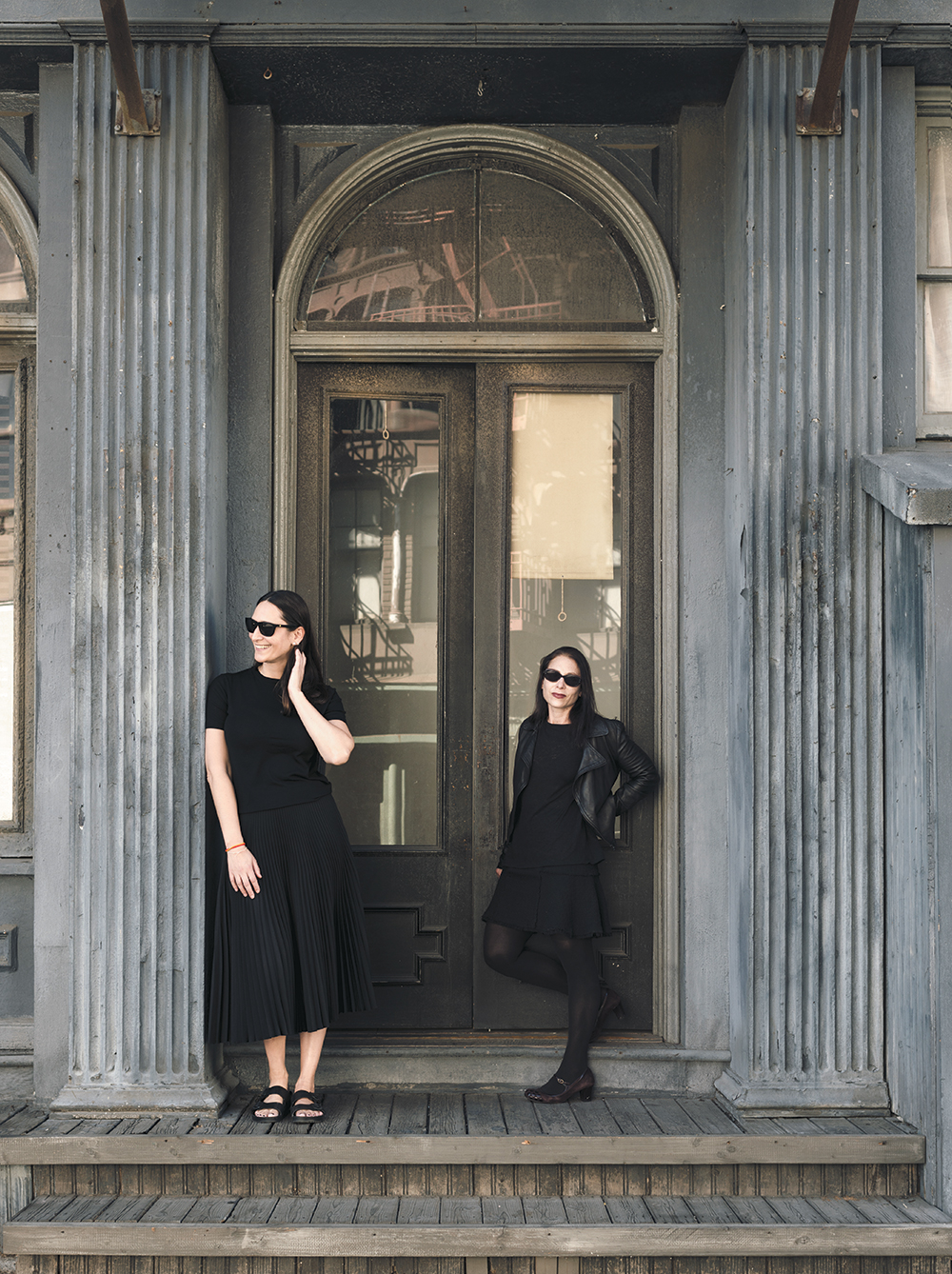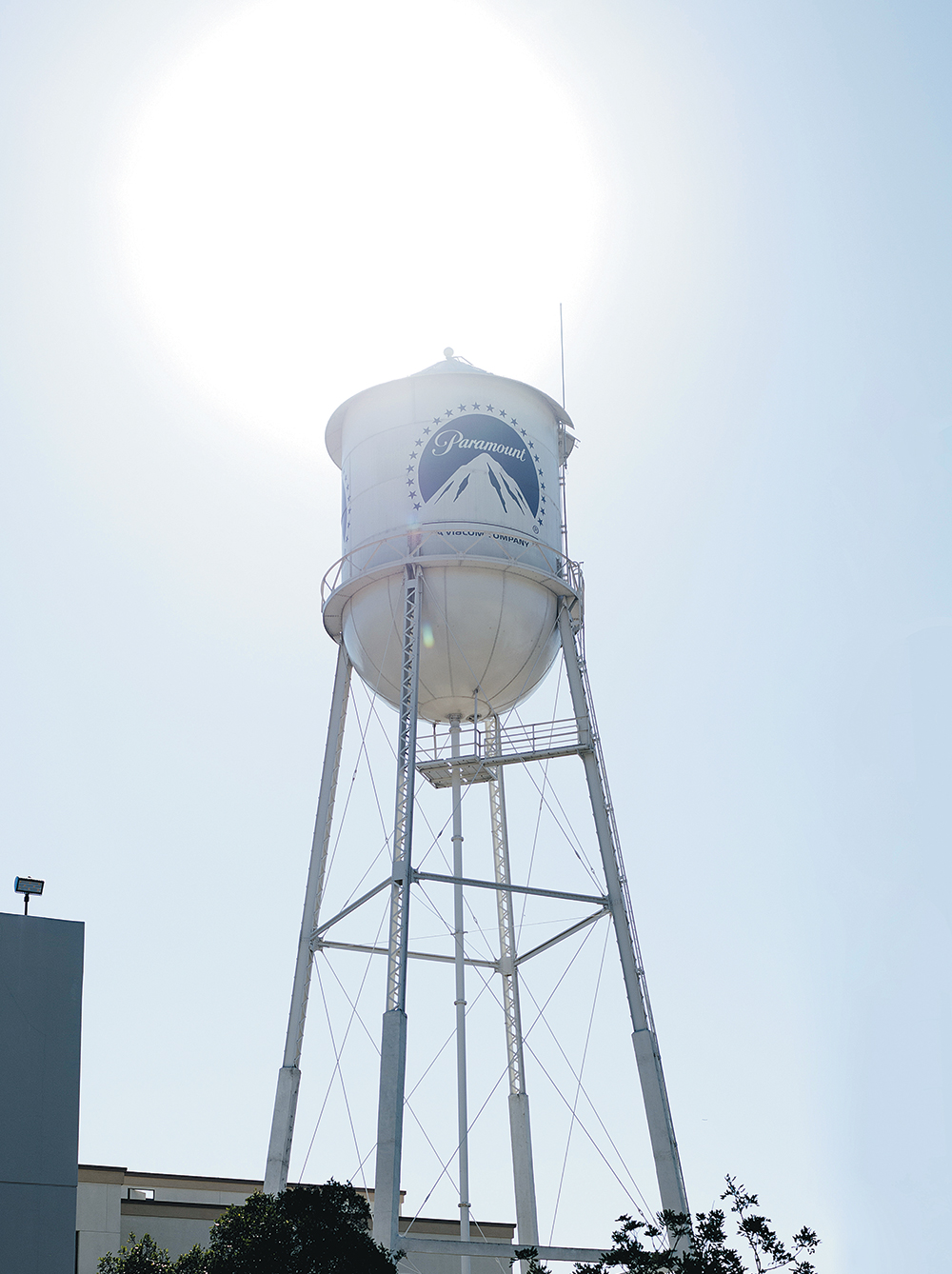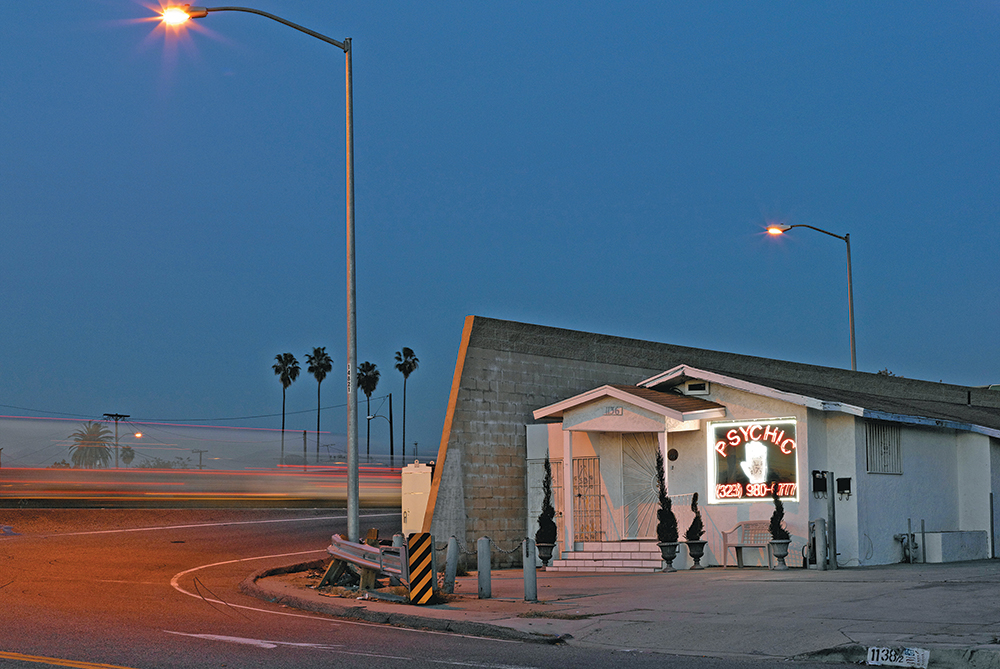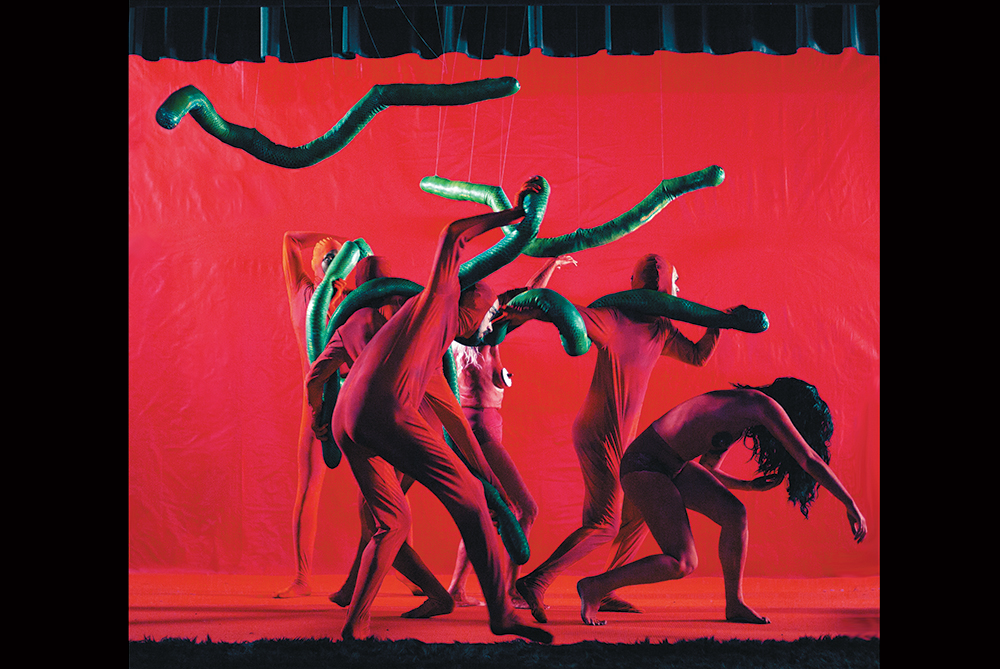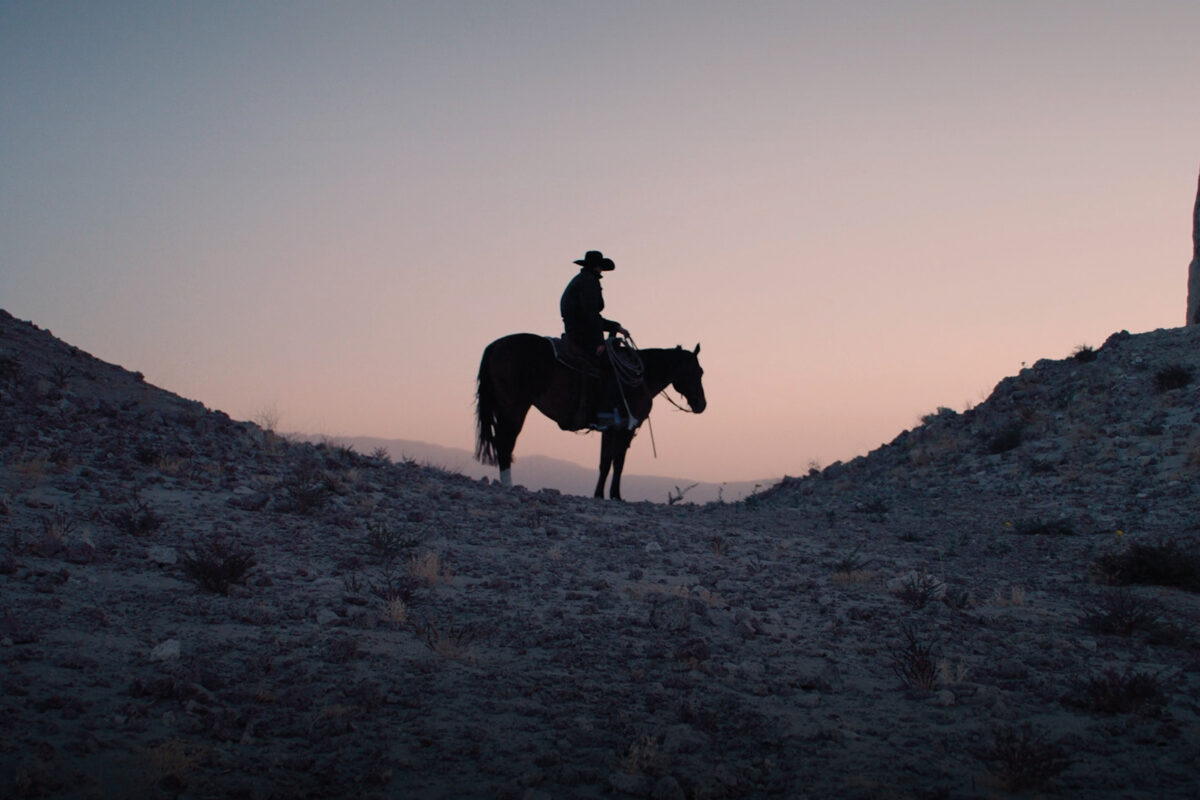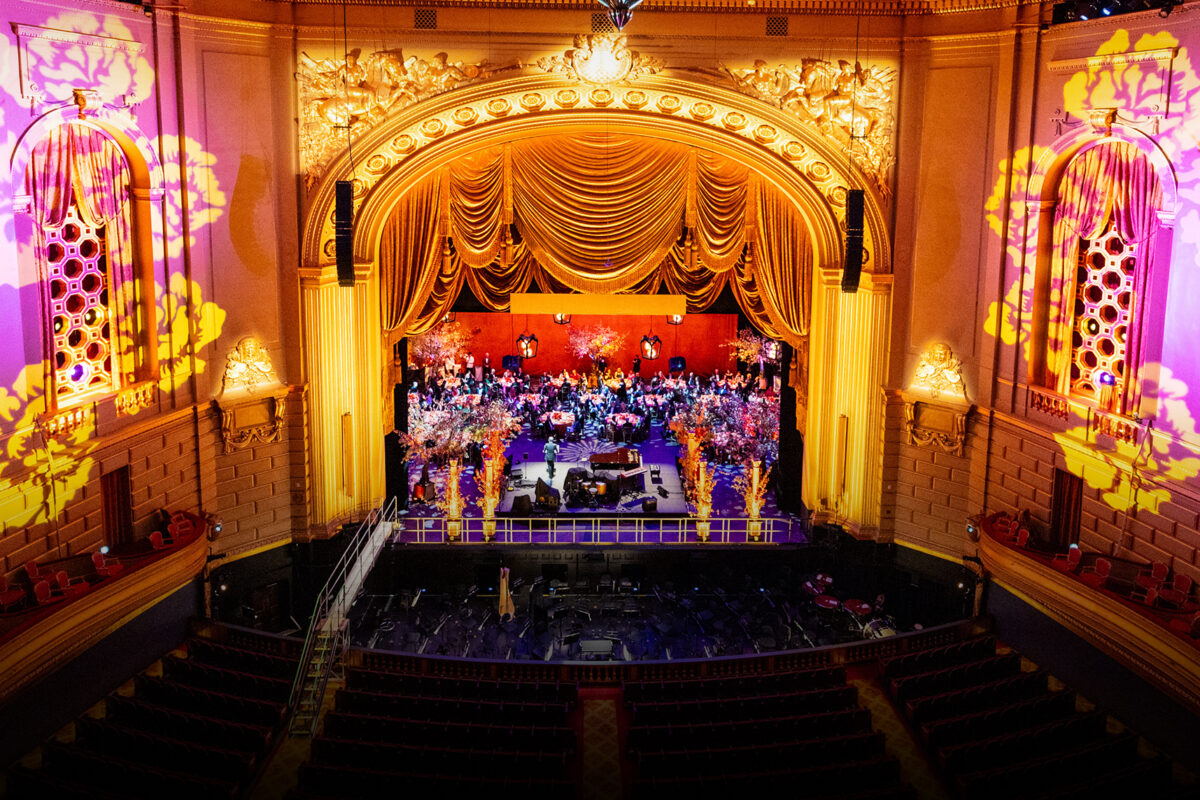What does it take to launch one of the most influential art fairs in the world in Los Angeles? We hear from the main players giving Hollywood a starring role
Words by ELIZABETH KHURI CHANDLER
Photography by CARMEN CHAN
“If I have to answer another question about why L.A. is finally on the art world map I’m going to be sick,” one industry insider confides over lunch. Indeed, that question has lacked relevance for years now. With five major art schools, encyclopedic museums such as LACMA, the envelope-pushing Hammer Museum, the slick new Broad, old-world masterpieces that rarely travel outside Europe at the J. Paul Getty Trust, plus a slew of international galleries and the world-class contemporary collectors that frequent them, the news that Los Angeles has arrived as a thriving art center is, quite simply, old news. Most importantly, L.A. is a city with thousands of artists living and producing work inspired by their hometown.
But perhaps the last legitimizing star in the glittering constellation that is the L.A. art world is an internationally renowned fair, which is where the latest installment in the Frieze franchise comes in. “It’s exciting. Many fairs are looking to Asia or the Emirates to expand,” says Tatiana Maratchi Legrain, an art advisor to Silicon Valley collectors and European clients, who moved to California by way of Barcelona, Geneva, Boston and New York City. “It’s interesting that Frieze is going to give L.A. a shot.”
Opening Feb. 14 between the Grammys and the Oscars, the timing couldn’t be better: everyone in the global entertainment industry will be in town, as will New York art world players desperate to escape the biting winter weather.
Frieze fairs are places for discovery, discussion and debate as well as the buying and selling of art, and the spectacle promises to be fun, immersive and reflective of L.A.’s unique art landscape. Spread over four days, more than 70 galleries from all over the world will be presenting their wares in a Kulapat Yantrasast–designed tent at Hollywood’s storied Paramount Pictures Studios. The $15 million New York Street backlot — 46 facades decorated in red brick and black wrought iron, variously used in films such as The Artist and music videos including Jennifer Lopez’s “Ain’t Your Mama” — will be taken over by L.A. artists for site-specific works. Talks and programming include a conversation with this year’s Hammer Museum Gala honoree Glenn Ligon hosted by LAXART executive director Hamza Walker at Regen Projects. Big-name sponsorship comes from Deutsche Bank and BMW, and the fair is supported by a star-studded host committee including household names Salma Hayek, Serena Williams and Tobey Maguire alongside art world royalty, the uber-collectors Eli and Edythe Broad and philanthropist and contemporary-art hound Nicolas Berggruen, the “homeless billionaire”. With the encouragement of Frieze, like-minded organizations and galleries around the city are putting on their own splinter events, creating an art week the city has never seen before.
“I hope this moment will catalyze the general consciousness about the art community,” says Bettina Korek, the event’s executive director. “I want Frieze to be a place where people feel comfortable acquiring something for the sake of being part of this moment and what it represents for Los Angeles.”
“I hope this moment will catalyze the general consciousness about the art community,” says Bettina Korek, the event’s executive director.
Korek, with her 15-plus years of experience running the arts advocacy nonprofit ForYourArt and being a member of the Los Angeles County Arts Commission, is the ultimate insider. She knows everyone. “This past year she has been actively sitting down with all the people who have a stake in this arts community to make sure that they understand what her vision is and to bring people together. That kind of diligence makes her a valuable asset,” says collector, author and nonprofit founder Angella Nazarian, who is also on the inaugural host committee.
“L.A. is just a different ecosystem and it requires a different language, as well as a different approach,” Korek says. She references the book Los Angeles: The Architecture of Four Ecologies by Reyner Banham. “There is an idea presented there that you have to find the language that is specific to the geography to really understand a place, I feel that this is something especially true for a place as unique and diverse as Los Angeles.”
Korek’s in charge of all the moving parts, from the mechanics of running a major event to getting the right people in the door — that includes galleries, advisors and collectors. And Korek thinks even bigger. “We want to invite all Angelenos to participate in the art community,” she says. “It should be a place where people can learn about galleries that they can visit all year long. I want to build a community around it and establish a foundation so that it can grow and become an annual civic moment. That’s my dream.”
Announced in February, Korek’s appointment is an interesting move in a city with a recent pattern of hiring male outsiders for high-profile art roles — with varying degrees of success. “The L.A. landscape is so decentralized,” says Nazarian. “Anyone who comes to L.A. — it takes them so long to get the lay of the land and to understand who is who and who has the muscle and power to make things happen.”
Add to that, in 2016 Frieze was partially acquired by the media conglomerate Endeavor, bringing in capital, star power and vast experience with producing large events, and it sounds like a winning combination. “It put the organization on a level playing field with other fairs, says Victoria Siddall, the London-based director of Frieze Fairs.
Frieze has been smart when looking at the curatorial side of the fair. It hired Chicago art fair veteran Walker to run the talks and programming, and California native Ali Subotnick as curator for Los Angeles’ Frieze Projects. Subotnick has been curating work in the city for the past 12 years and provides the perfect foil to Korek’s vision. One of the curators behind “Made in L.A.” and the Venice Beach Biennial, Subotnick has commissioned L.A.-connected artists to create new work to display on the backlot, away from the galleries section, which goes back to the roots of Frieze, “as a place for artists, a platform for a continuous dialogue about art and artists,” says Subotnick. “The Projects are outside of the market and also offer visitors a different way to engage with and appreciate art — as something to view and interact with, not just as a commodity.” Subotnick has wrangled established artists such as collage icon Barbara Kruger, as well as younger up-and-comers including immersive painter Sarah Cain and sculptor and co-founder of The Underground Museum Karon Davis.
Usually, commissioned work at art fairs is presented in a gallery space or in a tent, but Subotnick wanted to follow the model she used at the Venice Beach Biennial in 2012: ask local artists to play around with the space. “Because the site has such a context of its own, to layer on another theme would be too heavy,” she says. The resulting works are there to be experienced and explored, creating an interplay between artist and the public, a goal that all the players cite as supreme. “I like using these real-world situations, because art presented in a white cube can be so intimidating and separate from reality and daily life, and when you see it in a familiar environment you have a different experience with it.”
For her piece, Cain selected a faux Victorian brownstone that reminded her of her years living in the Mission District of San Francisco. “It looks like a bombed-out building that someone would inhabit illegally,” she says. In place of a canvas, she will paint the ceiling, walls, and floor of the interior, adding a sofa, and replacing one of the windows with a stained glass piece hewn by the 121-year-old Judson Studios. Adding to the immersive quality of the installation, Cain is partnering with Beverly Hills-based chocolate company AndSons to hand out Earl Grey-infused dark chocolates in celebration of her two favorite vices. Meanwhile, Lisa Anne Auerbach, who is known for her comic and wry satirical knitted works and “megazines,” selected a domestic space to place a “psychic art advisor” who will provide complimentary readings; Kruger is painting a series of signs leading you to the back lot, based on a project she did for Subotnick for the Venice Beach Biennial; Cayetano Ferrer is playing with a corrugated wall and adding flashing neon lights. Trulee Hall will be crafting a giant worm to wind its way in and out of a wrought-iron SoHo-style building. “It’s interesting to see when an artist has limitations and restrictions, what they come up with,” notes Subotnick.
“The roots of Frieze in editorial have informed the way we do fairs, and the curated aspects have always been central to the experience,” adds Siddall. The magazine Frieze, which predates the fairs, will launch its 200th issue at the same time as Frieze Los Angeles. This blend of commerce, editorial and curatorial focus has been one of the secrets to Frieze’s success. First published in 1991, it expanded into art fairs in 2003 with Frieze London, then in 2012 with Frieze New York and Frieze Masters (also in London), which focuses on art ranging from ancient to modern.
Ultimately the fair needs to be a financial success, and the definition of financial success from a gallery perspective is that the majority of galleries (if not all) sell enough art to warrant them returning year after year. That means not only locals in the city should come, but also international and U.S. collectors will need to visit and buy. “All of us who live in Los Angeles need to make sure that we promote it. It is our responsibility,” says Nazarian.
A few quiet critics hint at the risk of fair fatigue as competition comes in the form of FOG Design+Art, Untitled, San Francisco and Zona Maco in Mexico City. But others counter that this will be the most international event of all of them.
“Everyone I know in New York is coming,” says Cain. “It’s always the time when I get my most studio visits because everyone wants to leave New York.”
“For people in California it’s a no brainer,” adds Claudia Altman-Siegel, whose gallery is the only one from Northern California invited to participate. She knows several art buyers who will make the trip. Many of her tech world clients work full time or have very recent liquidity events. “This world is new to them, and they are interested, but not quite committed enough to drop everything and go to Art Basel for a week,” she says. “They don’t have the time.” Art advisor Maratchi Legrain, who also teaches art investment and the business of art at the continuing studies program at Stanford University, agrees. She is bringing her local clients from Palo Alto. “When we heard about L.A. we thought, we will jump on a plane for sure,” she says. “I’m excited. Fairs are less intimidating than galleries for new collectors. And it’s an established-enough fair to become its own destination.”
And for the Angelenos, traffic permitting, it’s an even shorter hop. After all, posits Nazarian: “Why should I be traveling to London or New York to buy art, when it could be right here at my doorstep?”
Feature image: SARAH CAIN’s two-day painting, 2018. Photo courtesy of the artist.
This story originally appeared in the December 2018 issue of C Magazine.
Discover more CULTURE news.

